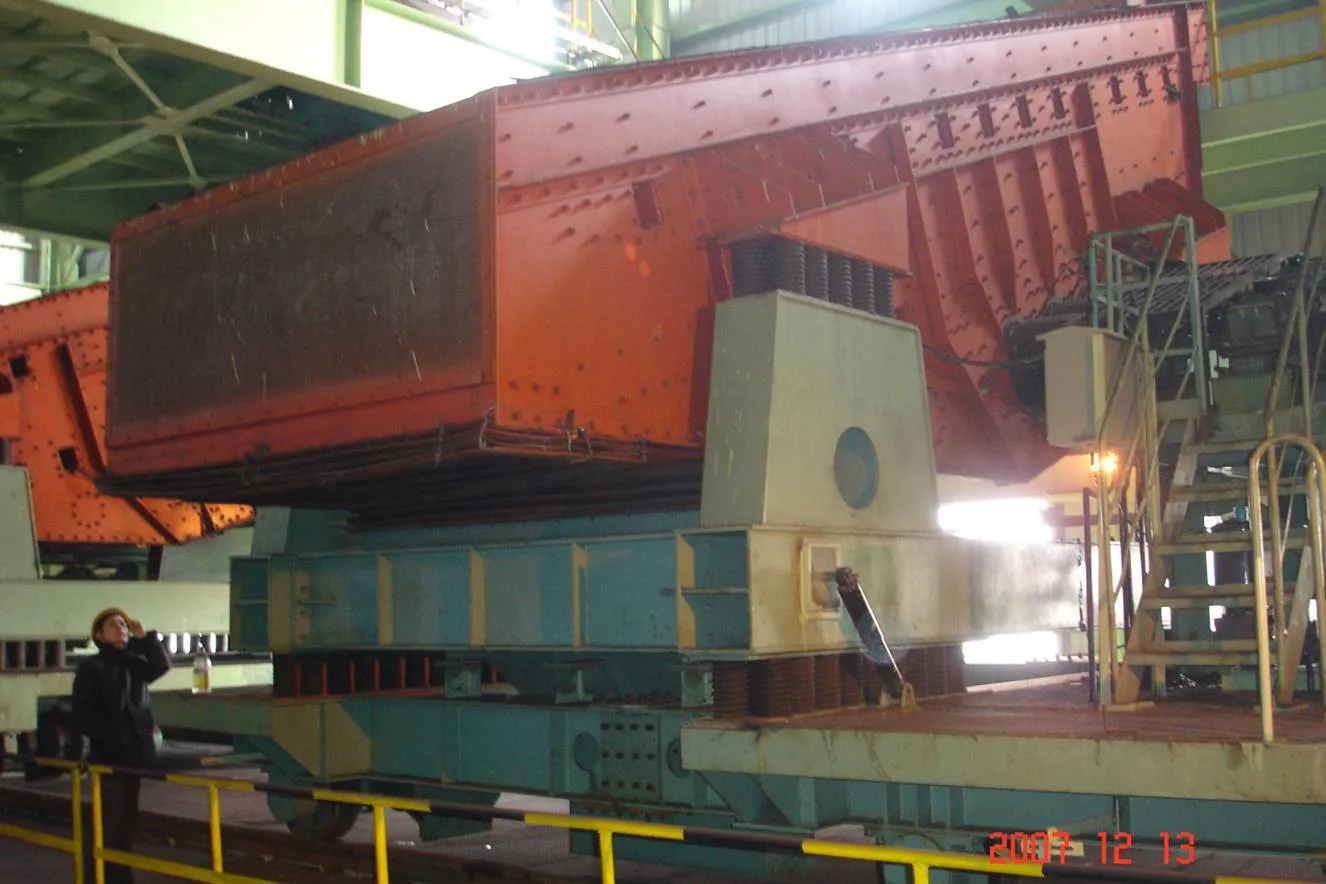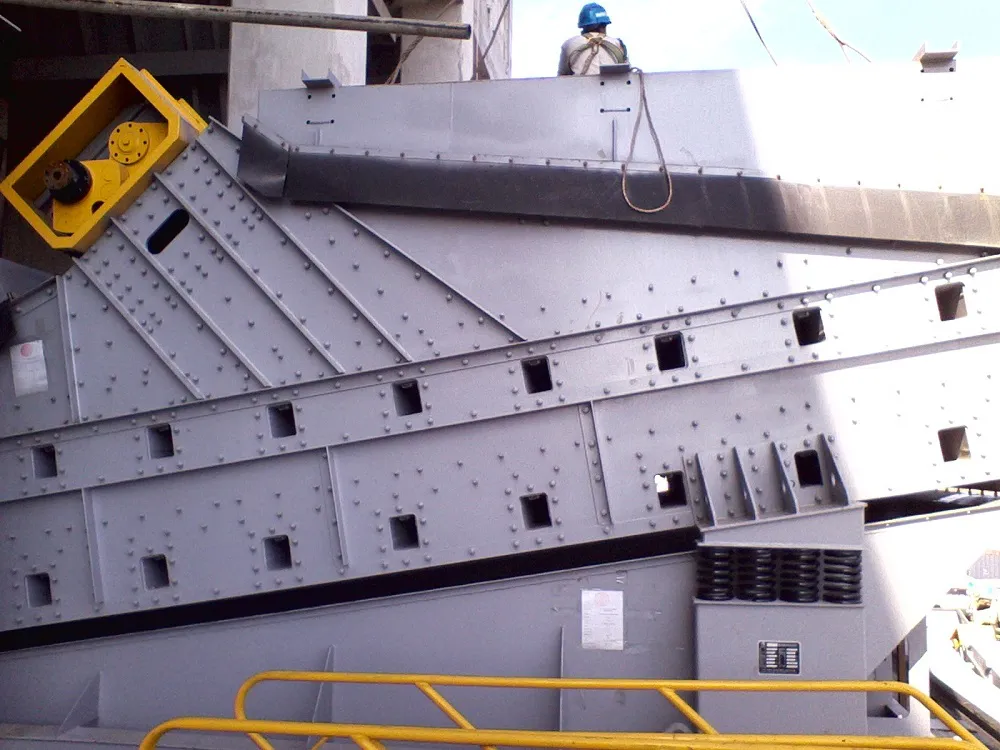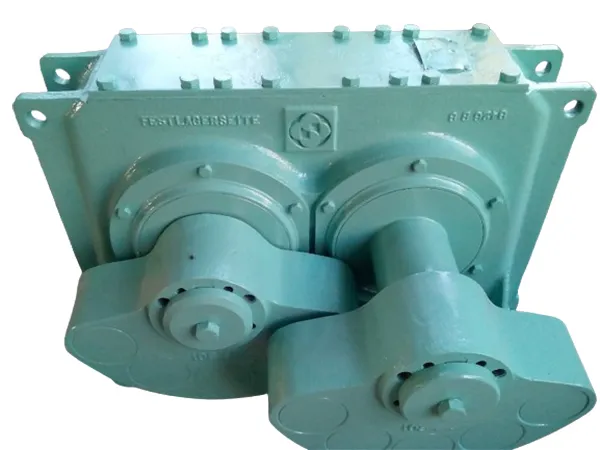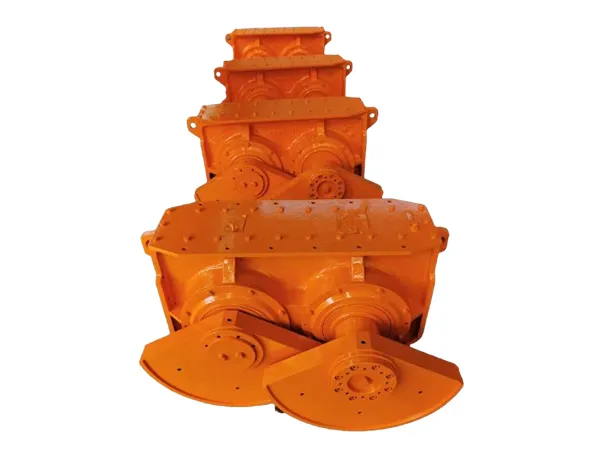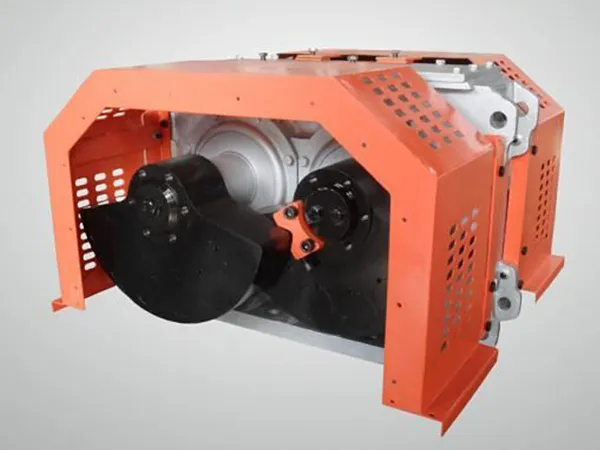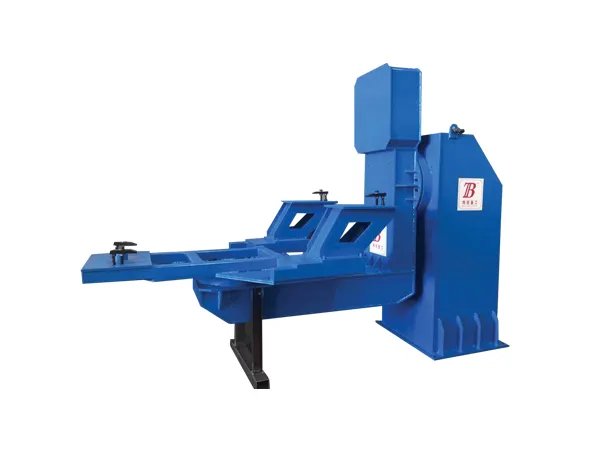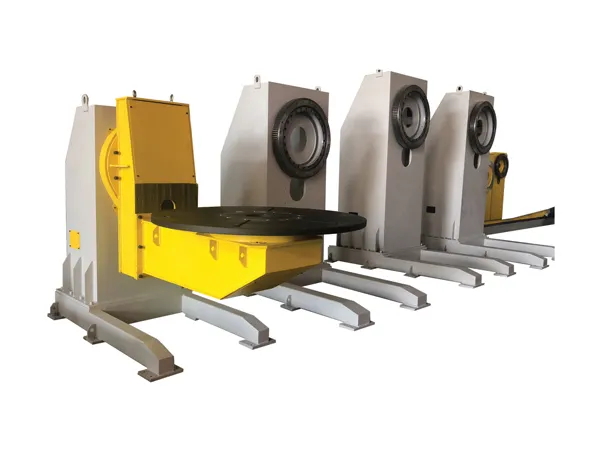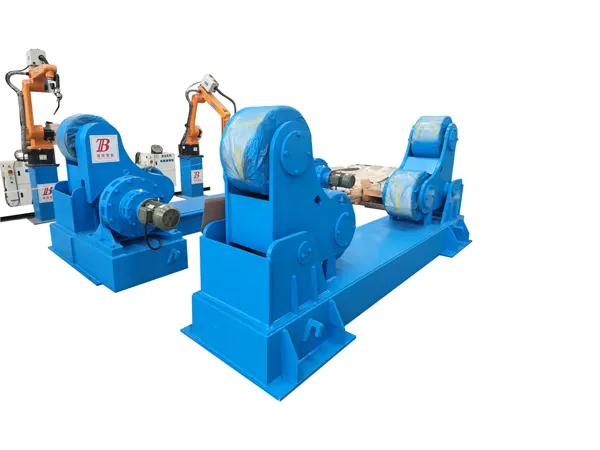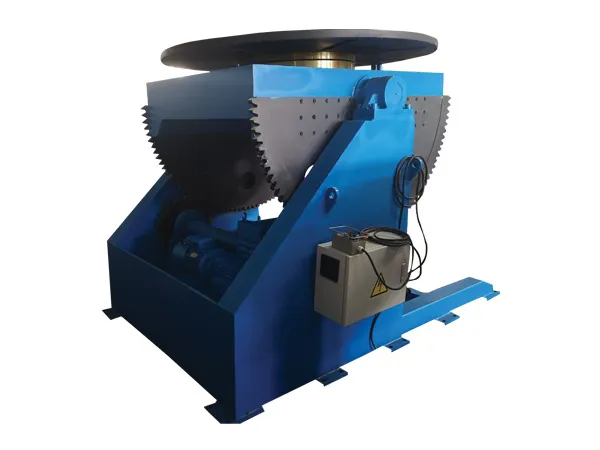What are the factors that affect the price of glass tempering furnace?
The price of a glass tempering furnace can vary dramatically depending on a number of factors. It’s a significant investment, and understanding the price range and the variables impacting it is crucial.
Glass Tempering Furnace Price
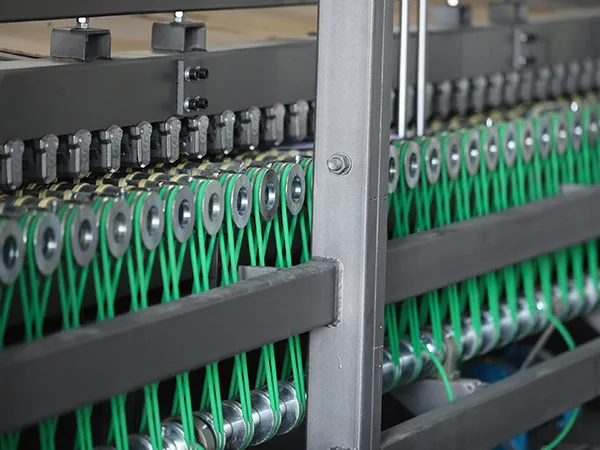
Small, batch-type furnaces (for small-scale production or labs): Can range from $50,000 to $200,000 USD. These are generally for smaller glass sizes and lower production volumes.
Medium-sized, continuous furnaces: Typically range from $200,000 to $800,000 USD. These offer higher throughput and are suitable for medium-sized glass fabrication shops.
Large, high-capacity continuous furnaces (for industrial production): Can range from 800,000 to several million USD(1,000,000 – $5,000,000+). These are designed for high-volume, 24/7 operation and larger glass sizes.
Key Factors Affecting the Price
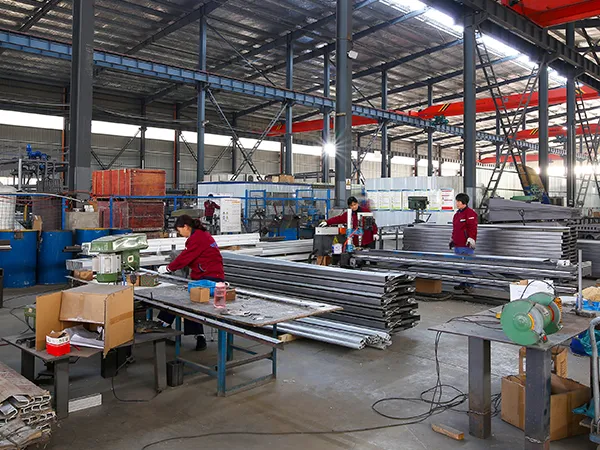
Size and Capacity:
Glass Size: The maximum dimensions of the glass that the furnace can temper are a primary price driver. Larger glass requires a larger furnace, more heating elements, and a more robust cooling system.
Production Volume/Throughput: How many sheets of glass can the furnace temper per hour or per day? Higher capacity furnaces are more expensive. Continuous furnaces generally have higher throughput than batch-type furnaces.
Type of Furnace:
Batch vs. Continuous: Batch furnaces temper glass in discrete batches, while continuous furnaces have glass continuously moving through the heating and cooling zones. Continuous furnaces are more expensive but offer higher productivity.
Horizontal vs. Vertical: Horizontal furnaces are more common and versatile. Vertical furnaces are often used for specific applications (like tempering very long glass panels) and can have specialized price implications.
…
For more detailed information on factors affecting the price of glass tempering furnaces, please click here: https://www.shencglass.com/en/a/news/factors-affecting-the-price-of-glass-tempering-furnace.html

